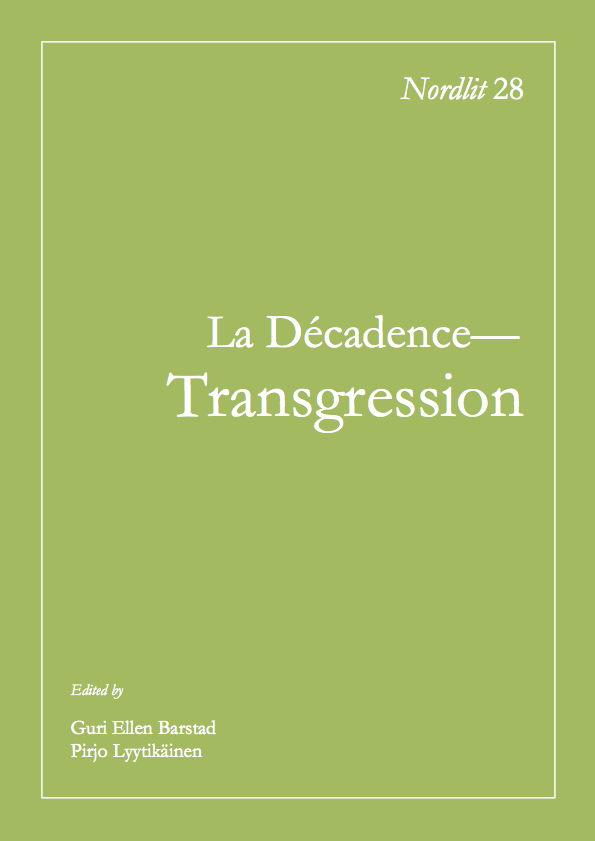Gisèle d’Estoc: Portraits of a decadent woman
DOI:
https://doi.org/10.7557/13.2057Keywords:
Gisèle d’Estoc, women and decadence, French decadence, women and duels in the 19th century, “Une affaire d’honneur” (Bayard), Ze’boïm (Maurice de Souillac)Abstract
A quarrel in the pages of the literary review Le Décadent in 1888 recalls the often belligerent existence of Gisèle d'Estoc, a shadowy figure who stalks the margins of the decadent period and whose life beyond the pages of specialized reviews has long presented something of a mystery. Who was she, and what did she look like? The first question proves the easiest to answer. Tied intimately - by love, by hatred, or by both - to numerous figures of the French decadent movement (Léo Pillard d'Arkaï, Laurent Tailhade, Rachilde), d'Estoc's real name was Marie-Paul Alice Courbe Desbarres. In addition to being the lover of Guy de Maupassant, and of being accused of planting a bomb at the Foyot Restaurant, d'Estoc had an independent career as an artist before launching her literary career in the 1880s. It proves more difficult to know what she looked like, even though she was often represented in paintings, drawings, and photographs. This article analyses some of these representations in order to understand why it is sometimes so difficult to see the decadent woman even when she emerges from the shadows of literary history.Downloads
Published
2012-03-26
How to Cite
Hawthorne, Melanie. 2012. “Gisèle d’Estoc: Portraits of a decadent woman”. Nordlit, no. 28 (March):223-44. https://doi.org/10.7557/13.2057.
Issue
Section
Articles









